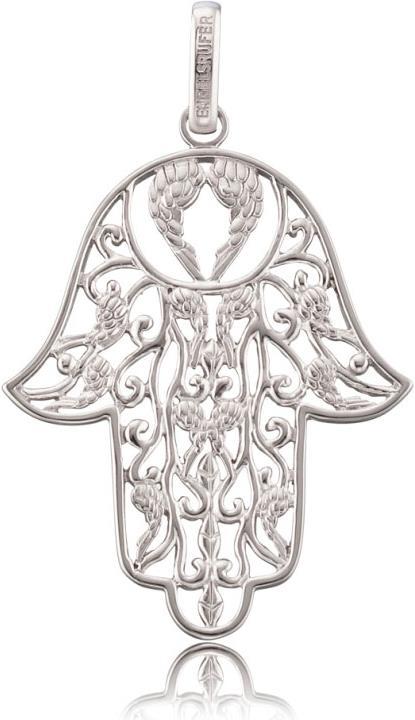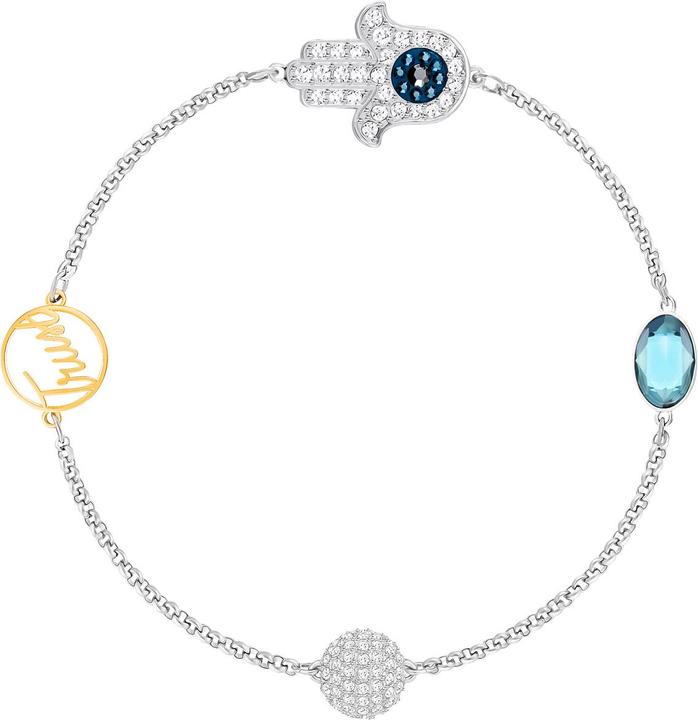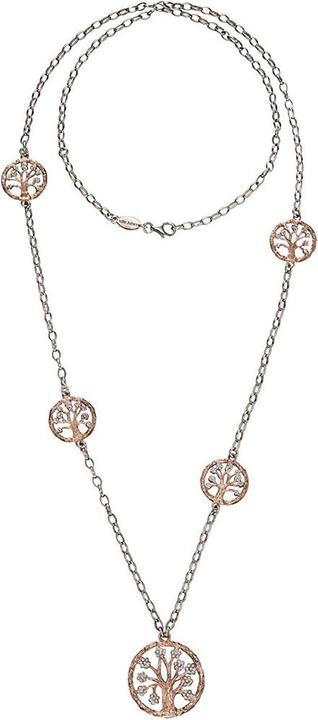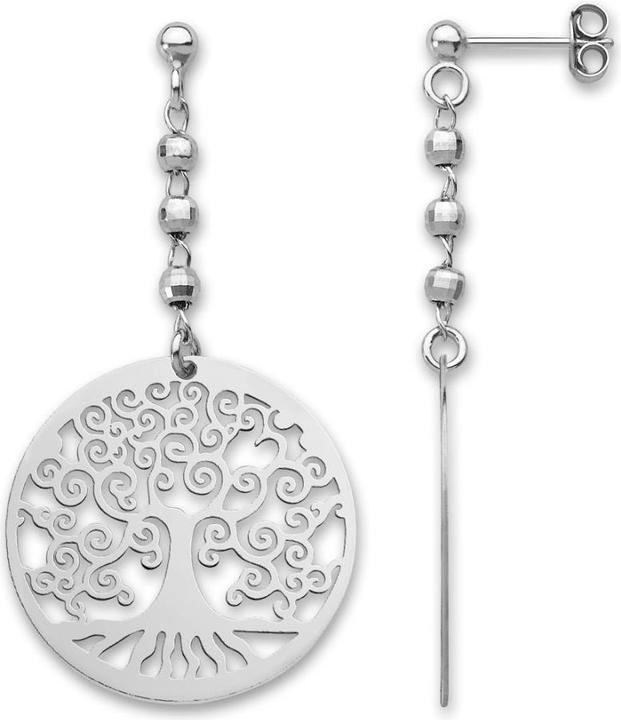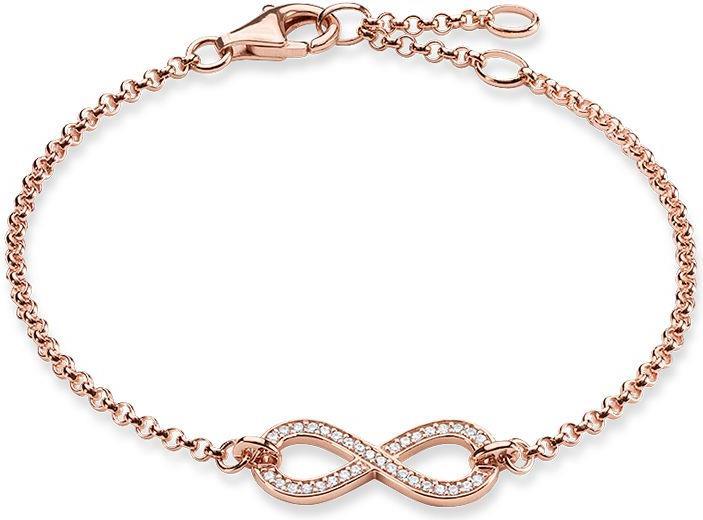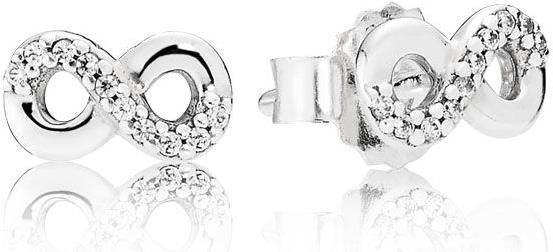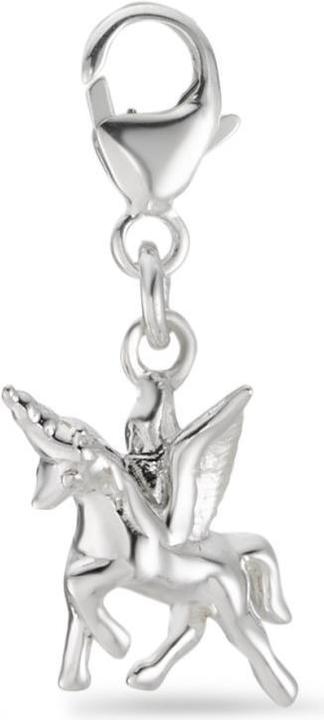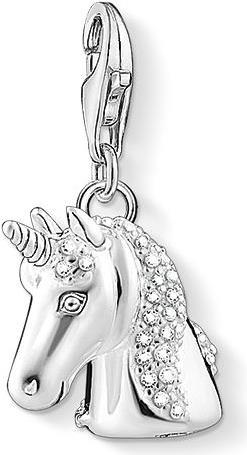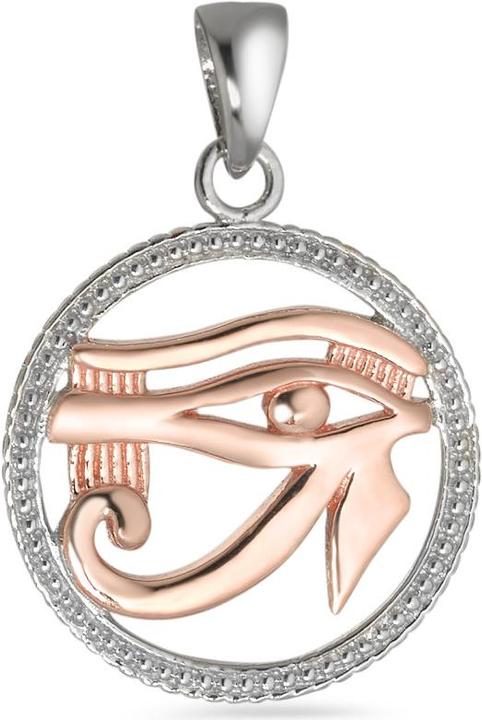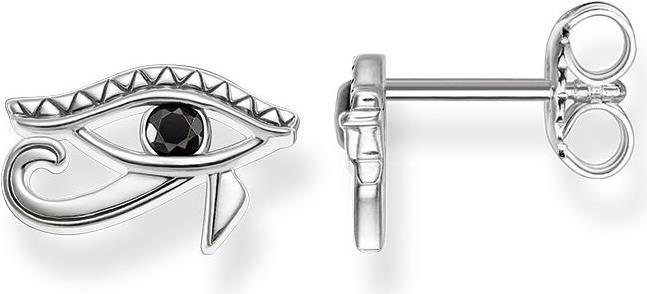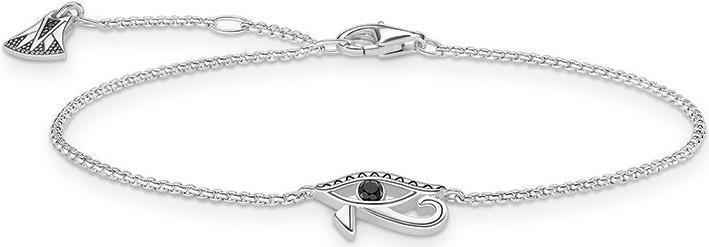

Portable happiness: talismans
Infinity rings, unicorn pendants, tree of life bracelets: many of us wear fashionable jewellery without realising how meaningful it can be. Some are even said to have magical properties. But where do the symbols come from and what do they really mean? We have taken a closer look at the most popular motifs.
Talismans are objects that the wearer believes will give them strength, success or protection. Of course, every time you receive jewellery as a gift or buy some for yourself, it takes on a personal meaning. But you may be wearing an amulet for prosperity, luck or health without realising it. Below is a small list of the most popular symbols that are often found in jewellery.
The hand of Fatima
The Islamic cultural symbol can be found everywhere in Arab countries. The symmetrical hand is said to ward off evil spirits and generally bring strength and good luck to its owner. The hand of Fatima can be found in various designs: Heavily decorated to very simple, often with an eye in the centre. The latter is said to protect against the "evil eye", meaning envious glances and anything malicious in general. More jewellery with the Hand of Fatima.
The tree of life
Currently very popular among yogis: the tree of life. The natural symbol embodies life itself and symbolically connects the underworld, the earth and the sky - and therefore represents the entire life cycle. As an amulet, the symbol is said to give its wearer the strength they need to work on themselves and grow. More tree of life jewellery
The infinity sign
The symbol, which became particularly popular in 2016, comes from mathematics and is very old: since 1655, the horizontal eight has represented potential infinity. However, the symbol is becoming increasingly visible in the lifestyle sector: the infinity signs are particularly popular as friendship or partner jewellery, as they usually stand for eternal fidelity or love. More infinity jewellery
The unicorn
The mystical mythical creature has triggered a real hype this summer. The unicorn stands for purity, femininity and indirectly symbolises the longing for a carefree, naive childhood. Depending on the country, it looks more like an antelope (Africa) or a cow (India). However, the most widespread form in this country has its origins in Celtic mythology: A white horse with a curved horn that, according to legend, only appears to pure-hearted maidens. More unicorn jewellery
The anchor
Sailors had anchors tattooed on them when they crossed the Atlantic and wanted to remain symbolically connected to their home port forever. The indispensable ship accessory, which prevents the boat from drifting, is also very popular outside of seafaring: today, the maritime motif symbolises stability in life and eternal loyalty. More anchor jewellery

Thomas Sabo Charm pendant summer/ beach
925 sterling silver, 750 yellow gold and rose gold plating


The eye of Horus or Udjat
You may recognise this eye from history books and Egyptian mythology. According to legend, the god Horus lost his left eye in a battle against Seth. With the help of other gods and Thoth's healing powers, he was able to regain his eye intact. This is why it is also known as the "Udjat" eye - the "healed" or "healthy" eye. The symbol is worn today as an amulet for healing and protection against the evil eye.
When I’m not busy putting together home décor themes or planning marketing activities for Galaxus, I enjoy decorating my home with things I love and starting DIY projects I finish all too rarely. The inspiration I get comes from blogs, magazines and travels. My favourite home living styles: Nautical, Scandinavian and Nordic.
